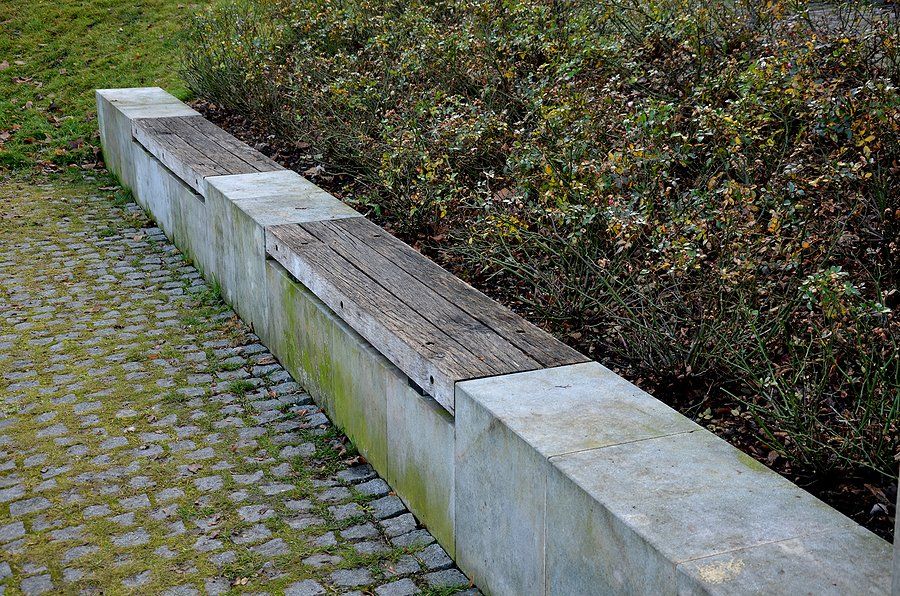Concrete Retaining Walls
A retaining wall is a wall made of stone or concrete that is constructed on your property to hold back earth, rocks, and other forms of hardscaping and landscaping. When a slope in your landscape presents a risk of soil erosion, a retaining wall can be built to hold back the eroded material. Building a retaining wall that can withstand the elements and yet look nice is a terrific, practical, and affordable way to prevent soil erosion. Furthermore, retaining walls made of concrete last for a very long time. You can rest assured knowing that Precision Retaining Walls of Louisville will provide you with the concrete retaining walls you need and outline why we think they're a wonderful investment.
Why Choose Concrete for your Retaining Wall Solution
Concrete retaining walls are the most cost-effective option among the many materials you could use to construct a wall on your property, especially when compared to those made of natural stone. Concrete is easier and requires less time and effort to work with than organic stone. In most cases, the installation of a retaining wall made of concrete is faster. A wide range of colors and patterns are available for use in concrete, allowing you to customize your project to your exact specifications. Concrete retaining walls are sleek and contemporary, making them ideal for any setting.
Concrete Retaining Wall Cost
Concrete blocks, often known as retaining wall blocks, are one of the most popular choices for building components of a concrete retaining wall. Applications for these wall block units include embankments, attenuation ponds, and cut slopes, and they are flexible enough to be installed at a variety of angles. Installing modular concrete blocks is cheap and they have many uses. While concrete modular solutions may seem like the obvious choice for your retaining wall, there are a number of variables to think about first when considering concrete retaining wall cost. Open- or closed-face installation, the desired retaining wall's overall height, the wall's angle of construction, the site's accessibility to our contractors, and the preference for colored or standard grey modular blocks are aspects of considerations regarding costs.
Concrete Cantilever Retaining Walls
Cantilevered retaining walls employ an "L"-shaped retaining wall linked to a foundation underneath the wall for stability. To prevent the wall from sliding or toppling, the base is pressed down by the wall's weight. The vertical wings of the Cantilevered Retaining wall contribute to its already impressive strength. The height of the water table, subsoil water flows, and the materials to be utilized in the building of the retaining wall are major considerations when planning a Cantilevered wall.
Concrete Gravity Retaining Walls
One of the most common concrete retaining wall solutions is known as the Concrete Gravity retaining wall. This is the bare bones of retaining walls, right here. The contents are held in place by the Gravity retaining wall's own weight. When it comes to retaining wall types, the options for gravity walls are the most diverse. In most cases, a shallow trench is all that's needed to create a gravity retaining wall, since they don't need heavy reinforcement and can therefore be constructed quickly. However, a more substantial base, such as a poured concrete foundation, could be necessary for retaining walls that are higher in level.
